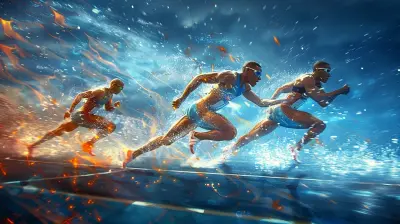The Role of Interviews in a Player’s Draft Evaluation
8 November 2025
When sports fans think about the draft process—whether it’s the NFL, NBA, MLB, or NHL—the first thing that usually comes to mind is raw talent. Stats, combine numbers, highlight reels, and athleticism often steal the spotlight. But what about interviews?
Yeah, those sit-down, face-to-face (or even Zoom) chats between a player and a team. You'd be surprised how much weight they carry in shaping a player's draft stock.
In this article, we’re diving headfirst into the underrated yet super important role interviews play in a player’s draft evaluation. It's more than just a Q&A session—it's a deep dive into a player's mind, maturity, and mentality. Let's talk about why.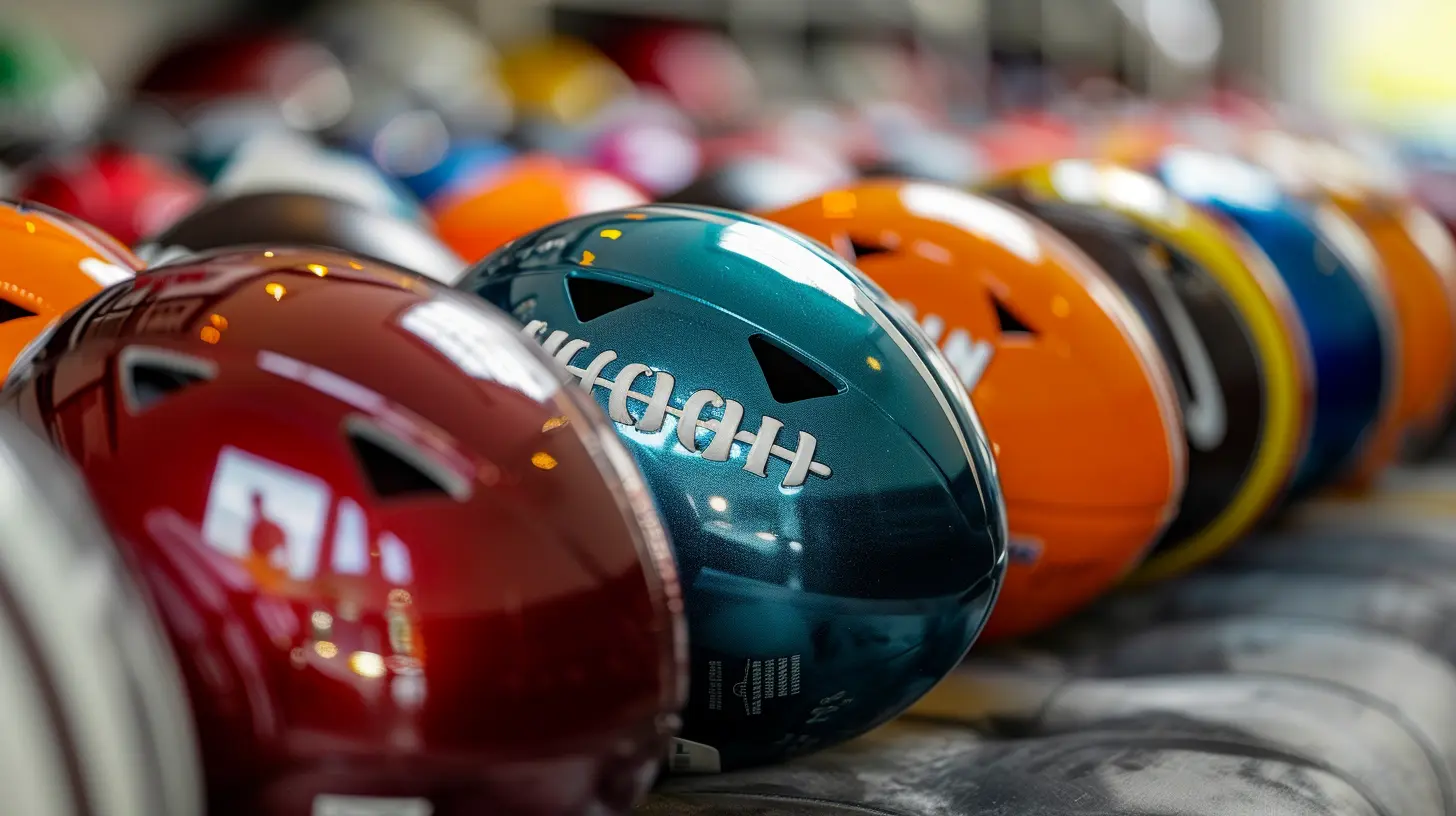
Why Interviews Even Matter in a Sea of Stats
Think of a draft interview as a job interview—but with millions of dollars, team chemistry, and a franchise’s future at stake. Sure, the 40-yard dash or shooting percentage can tell you what someone can do physically. But can they lead? Do they panic under pressure? Are they coachable?Coaches and GMs want to know who they're adding to the locker room. Interviews help teams read between the lines of a player's resume. It’s not about tearing them down; it’s about seeing the full picture: the athlete, the person, and the professional.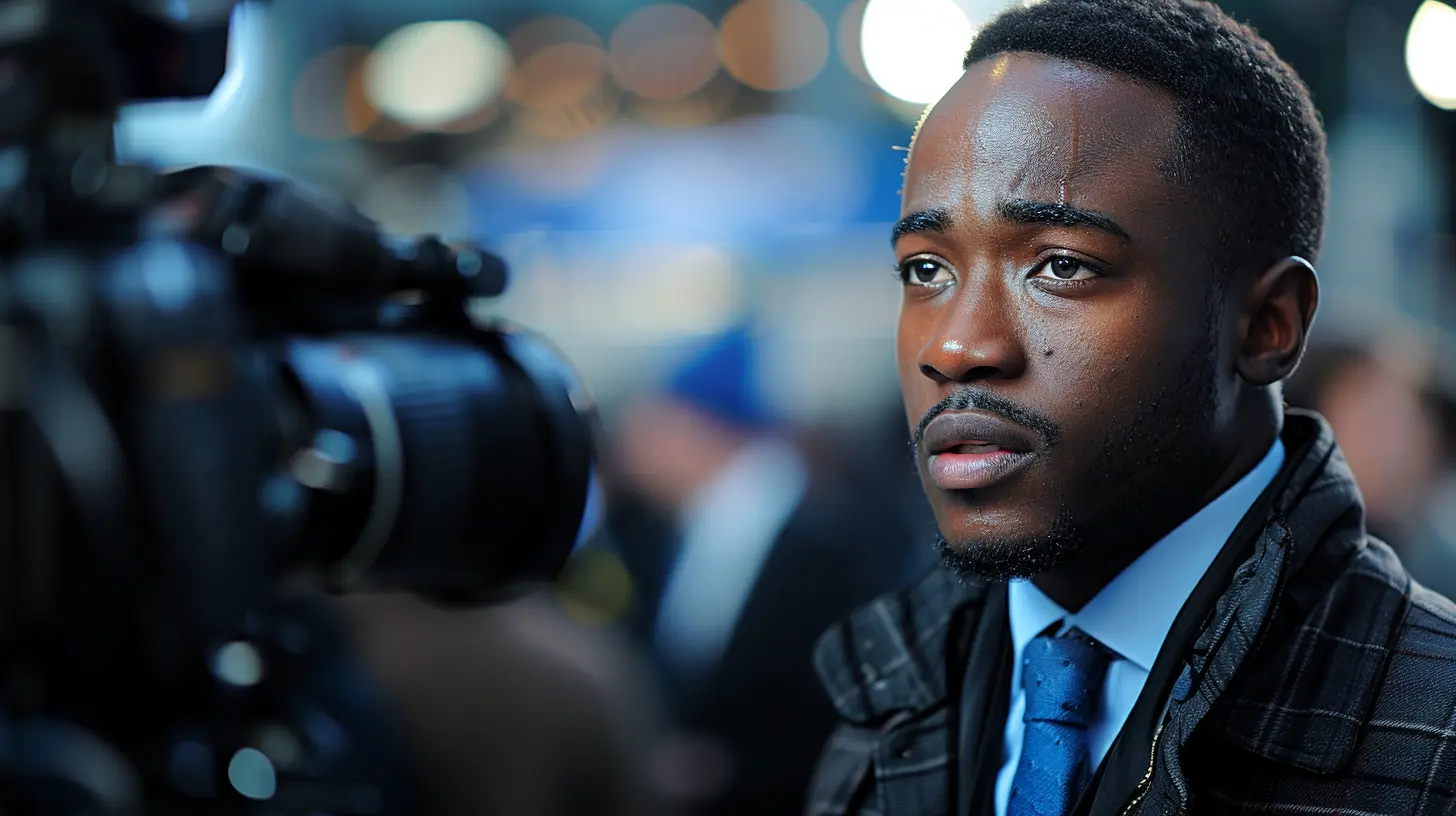
The Mental Side of the Game
Let’s be honest. The highest levels of sports are just as much mental as they are physical. A player might be an athletic freak, but if they can’t grasp playbooks, adapt to change, or maintain focus through a slump, they could easily bust at the pro level.During interviews, teams ask players situational questions that test their IQ and decision-making. Think things like:
- How would you handle a loss in the final seconds?
- What went wrong in your worst performance?
- How do you respond to criticism?
These aren’t trick questions. They reveal how a player thinks, reflects, and grows. If an athlete can show mental toughness, problem-solving skills, and self-awareness, that’s a huge plus.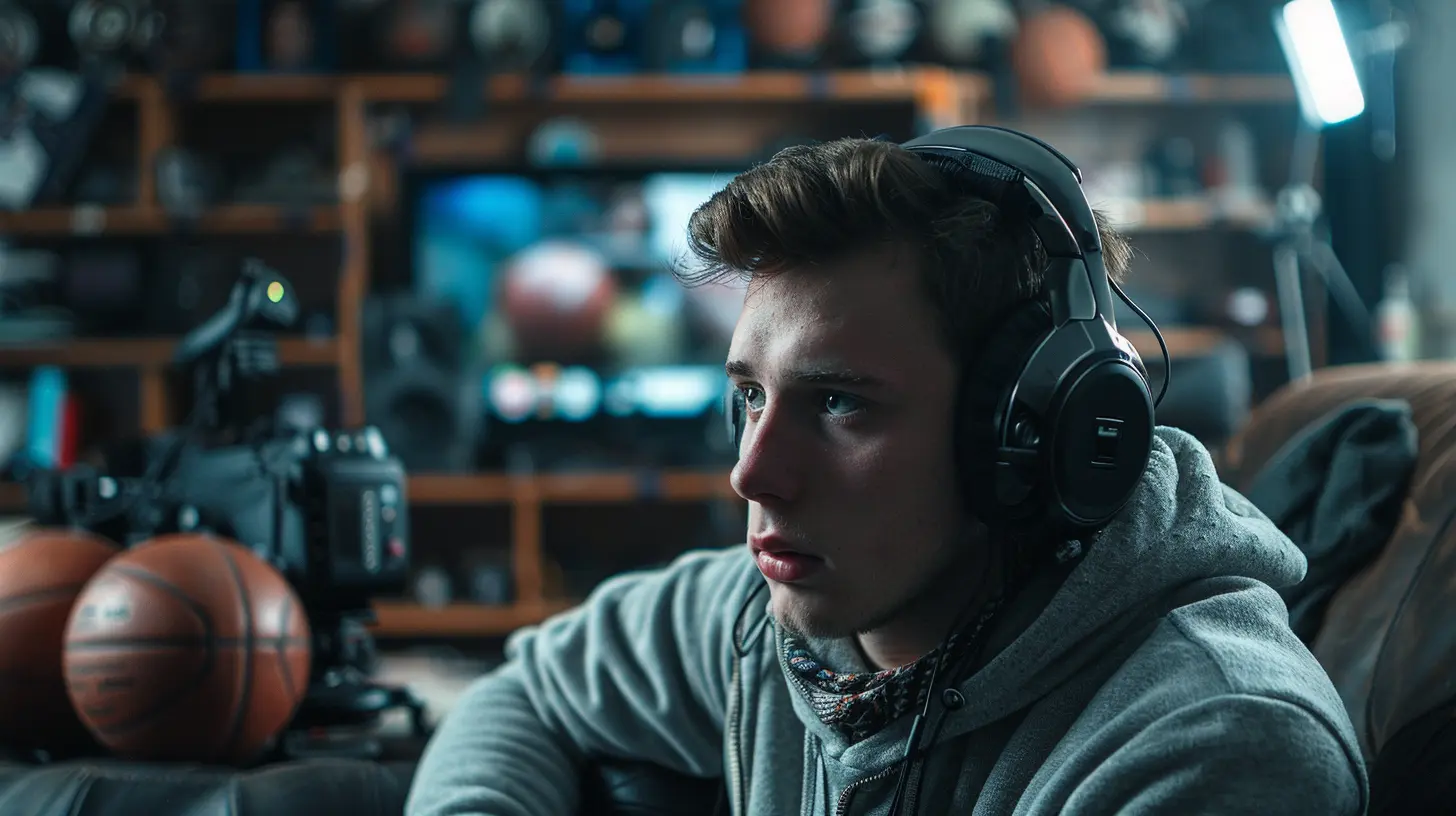
Character, Leadership, and Accountability
You’ve probably heard analysts say things like "He’s a locker room guy" or "She’s a leader on and off the court." That’s not something you measure in a sprint test—it comes out through conversation.Interviews help teams assess:
- Character: Is this person someone the team can trust?
- Leadership: Do they elevate others?
- Accountability: Can they own up to mistakes?
Think about it—teams are investing not just in an athlete, but often in a future face of the franchise. They need someone who represents them well, communicates clearly, and aligns with team values.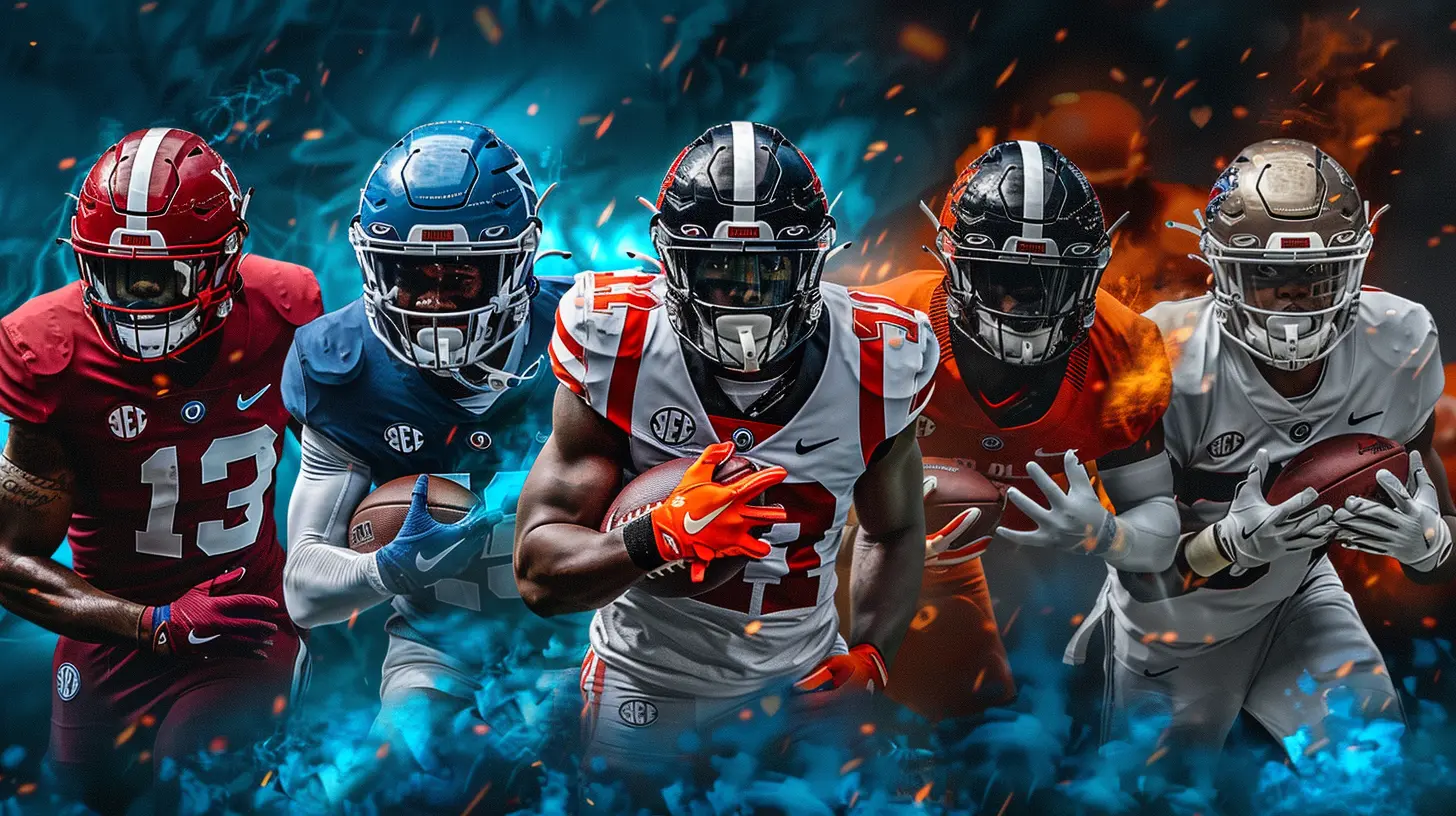
Red Flags Get Exposed Fast
Sometimes, a player looks like a can’t-miss prospect—until the interview. That’s when coaches and execs can start to notice things they couldn’t see on tape.Maybe the player dodges questions. Maybe they blame teammates for past failures. Maybe they seem unprepared or arrogant. Those are red flags, folks. And teams notice.
In fact, there have been plenty of cases where top prospects slid down draft boards simply because they bombed in interviews.
Teams don’t want drama. They want professionals. So, if any concern pops up—whether it’s immaturity, ego, or lack of work ethic—it might cost a player big time.
How Teams Structure the Interviews
Interviews aren’t just a casual chat. They’re strategic.Some teams dig deep with psychological testing. Others create intense, high-pressure environments to see how players respond. You might even get a coach throwing curveballs just to test composure.
Here's what teams might throw at players:
- Personality quizzes
- Situational role-plays
- Film study breakdowns
- Problem-solving scenarios
- Behavioral interviews (think “Tell me about a time…”)
It’s intense, and it’s on purpose. Teams are peeling back the curtain to get to the truth.
The Zoom Factor: Virtual Interviews in the New Age
Since the pandemic, virtual interviews have become more common. And let’s be real—they’re here to stay.That means players need a new kind of preparation. Body language, eye contact, and virtual etiquette matter just as much now. It’s a different dynamic when you're trying to build rapport through a screen. But the end goal is the same: showing who you are beyond the stats.
Can Interviews Really Change a Player’s Draft Stock?
Oh, absolutely.In fact, there are countless examples of players who weren’t high on draft boards but crushed their interviews—and suddenly, teams started paying attention. Coaches love when underrated players show poise, drive, and humility. It tells them, “This person wants it.”
On the flip side, a poor interview can cause a team to hesitate, even if the player has star potential.
Remember: this isn’t just about talent. It’s about fit. The interview often holds the answer to whether a player is right for a team’s culture, goals, and locker room environment.
How Players Prepare for Interviews
You don’t walk into a draft interview cold. Players train for this like they train for the bench press.Many prospects hire consultants, attend mock interviews, and even go through psychological prep work. They practice answering tough questions, relax their body language, and learn how to tell their story.
Because make no mistake—this is a storytelling opportunity. It’s your chance to communicate your “why,” your work ethic, and your journey.
A good story can humanize a player. Make them relatable. Make coaches root for them. That’s powerful.
The Human Element: Teams Want More Than Robots
Today’s franchises care about culture. Chemistry. Connection.You can have all the talent in the world, but if you don’t vibe with teammates, accept coaching, or keep your head when things go sideways—you might not make it.
That’s why interviews matter so much. They bring out the human side. Teams get to look beyond highlight reels and see how a player might mesh with others.
It's like dating before marriage—no one wants to commit without getting to know the real person.
Real-World Examples
Let’s look at some real-life examples to drive the point home:- Josh Allen (NFL): Coming out of Wyoming, there were concerns about his accuracy and decision-making. But Allen wowed teams with his maturity and humility in interviews, showing a willingness to work and grow. Look at him now—an MVP candidate and team leader.
- Draymond Green (NBA): Not the flashiest athlete, but in interviews, teams saw his high basketball IQ and leadership. He dropped to the second round, but the Golden State Warriors saw enough in the interview to take a chance. Safe to say, it was worth it.
- Johnny Manziel (NFL): On the flip side, Manziel was a phenomenal talent but raised red flags during interviews. Reports mentioned concern over off-field behavior and accountability. Sadly, those concerns didn’t go away post-draft.
These stories remind us—interviews aren't fluff. They’re foreshadowing.
Final Thoughts
At the end of the day, evaluating a player isn’t just about what they do, but who they are. Teams want players who are hungry, humble, and ready to grow.Interviews give front offices a glimpse into that side of a prospect. They help separate the flashy from the foundational. And for players, it’s a chance to control the narrative, build trust, and show exactly why they belong at the next level.
So the next time you’re tracking your favorite team’s draft picks, look beyond the stats. Ask yourself—how did they do in the interview room?
Because sometimes, that’s where the game is truly won.
all images in this post were generated using AI tools
Category:
Draft PicksAuthor:

Onyx Frye
Discussion
rate this article
1 comments
Ariadne Diaz
Great insights on the significance of interviews in player evaluations! It's fascinating how personal interactions can reveal a player's character and mindset, ultimately influencing their potential success. Understanding this aspect adds depth to the draft process—keep up the excellent work!
November 14, 2025 at 5:15 AM

Onyx Frye
Thank you for your kind words! I'm glad you found the insights valuable. Interviews truly are a crucial aspect of understanding a player's potential.


